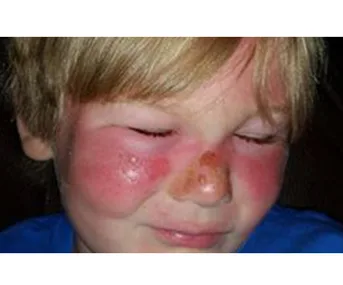When you hit the beach, an umbrella seems like a great choice to keep you out of the sun. After all, you can’t get burnt in the shade right?
Unfortunately this doesn’t seem to be the case, according to a recent study by the JAMA Dermatol journal. This study found a beach umbrella doesn’t fully protect you from cancer-causing UVB rays, even though you might be out of the sun’s direct rays.
The study observed the effectiveness of a typical beach umbrella versus sunscreen with an SPF of over 100.
In Australia, the highest rated sunscreen is SPF 50+ and according to the Cancer Council: “SPF50+ offers only marginally better protection from Ultra Violet B (UVB) radiation than SPF30+. SPF50+ filters out 98 per cent of UVB radiation compared to 96.7 per cent blocked by SPF30+.” However for this trial, SPF 100 was used although it is only 1 per cent more effective at blocking UVA/UVB rays than SPF 50.
During the trial, 81 participants from Texas spent three and a half hours on the beach during the middle of the day, some with only sunscreen and others with only an umbrella. Everyone spent the same amount of time in sun, and those under the umbrella were constantly monitored to make sure they were out of direct sunlight and in the shade the whole time.
When comparing a beach umbrella with sunscreen SPF 100, the study found an alarming result – 78 per cent of people under the umbrella later developed sunburn, compared to just 25 per cent who used the sunscreen.
This shows that the beach staple, a classic umbrella, is not good enough at blocking UVB rays, which still reach your skin and cause sunburn.
Further confirming what the Cancer Council already advises, a combination of sun protection measures is the best way to prevent sunburn, premature ageing and possibly cancer.
This includes using the right amount of sunscreen on your body. Even though it might seem like a hassle spending time rubbing it all in you should be using “at least a teaspoon for each limb, a teaspoon for the front and a teaspoon of the back of the body, and a teaspoon for the face, neck and ears. A full application is seven teaspoons,” according to the Cancer Council.
Although the sun is a prominent part of life in Australia, cancer and sun damage doesn’t have to be. Choose a beach shelter with a high UVA/UBV rating, and follow these Cancer Council guidelines to keep yourself safe.
1. Slip on some sun-protective clothing that covers as much skin as possible.
2. Slop on broad spectrum, water resistant SPF30+ (or higher) sunscreen. Put it on 20 minutes before you go outdoors and every two hours afterwards. Sunscreen should never be used to extend the time you spend in the sun.
3. Slap on a hat – broad brim or legionnaire style to protect your face, head, neck and ears.
4. Seek shade.
5. Slide on some sunglasses – make sure they meet Australian Standards.



